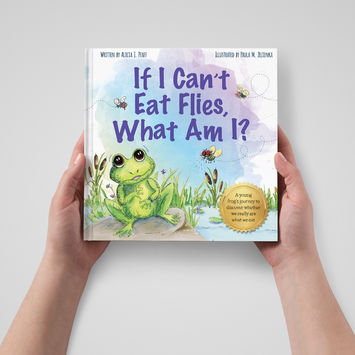top of page
FOOD ALLERGY FACTS
-
Researchers estimate that 32 million Americans have food allergies, including 5.6 million children under age 18. That’s one in 13 children, or roughly two in every classroom.
-
About 40% of those children are allergic to more than one food.
-
About one in three children with food allergy reports being bullied as a result.
FARE, Facts & Statistics, FoodAllergy.org
When compared with Caucasian children, African-American (odds ratio [OR], 2.34) and Hispanic (OR, 2.88) children had significantly higher rates of food-induced anaphylaxis. Both groups of minority children also had higher odds of emergency department visits for FA-related reactions.
Racial Differences in Pediatric Food Allergy, Physician'sWeekly.com, March 2019
When more than one body system is involved, it is considered anaphylaxis. Anaphylaxis is a medical emergency. If you do not have epinephrine autoinjector (EpiPen® or Auvi-Q®) on hand, call 911 to get immediate help.
Sometimes symptoms of a food allergy are mild. Symptoms can come on rapidly or more slowly, over hours.
It is important to monitor your child closely if you think they are having an allergic reaction.
Depending on age, your child may not have the words to describe the reaction they are feeling. Listen for phrases like:
-
My tongue is hot or burning.
-
My mouth itches or tingles.
-
My mouth/throat feels funny.
-
Something is stuck in my throat.
-
It feels like there are bugs in my ears.
-
My tongue feels bumpy.
Very young children may pull or scratch at their tongue or ears, show an increase in drooling or sound different
Top 8 Food Allergies in Kids and What Parents Need to Know, CHOP, June 2018
Media: Testimonials
bottom of page
































